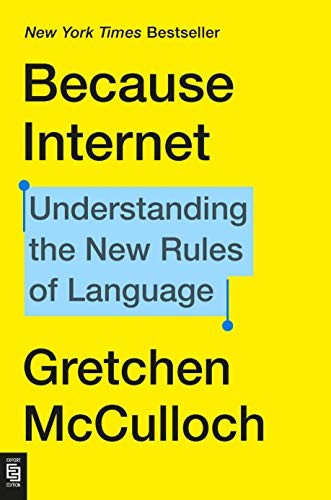- Rating
- Category
- non-fiction
- Read
- 2023-01-21
- Pages
- 328
Enjoyable tour through the history and development of informal writing.
But it turned out, what we really wanted was less about dressing up our avatars in fanciful digital clothing and more about conveying what we’re thinking and feeling.
What’s unique about adolescence, then, may not be our susceptibility to linguistic trends. Rather, it’s the last time that a whole population is entering a new social group all at once.
To Semi Internet People, the meaning of internet language is simply “this is a message I’m sending via the internet.” All meaning is face value meaning, and if you want to convey a more subtle layer of social meaning, that’s what a voice conversation is for. Their assumption is that text is fundamentally incapable of conveying the full social landscape. This is the exact opposite of what Full Internet People believe.
Curiously, Pre Internet People share some commonalities with Post Internet People, who came on-line around the same time. They’ve both never really known an internet without Facebook and YouTube and wifi and touchscreens, and they’re both disproportionately likely to be using their family members’ cast-off electronics. […] Social and technological savvy online were virtually the same for Old Internet People and still loosely linked for Full and Semi Internet People, but they’ve become completely decoupled for the Post cohort. This defies predictions that digital natives would pick up technological skills as easily as speaking.
